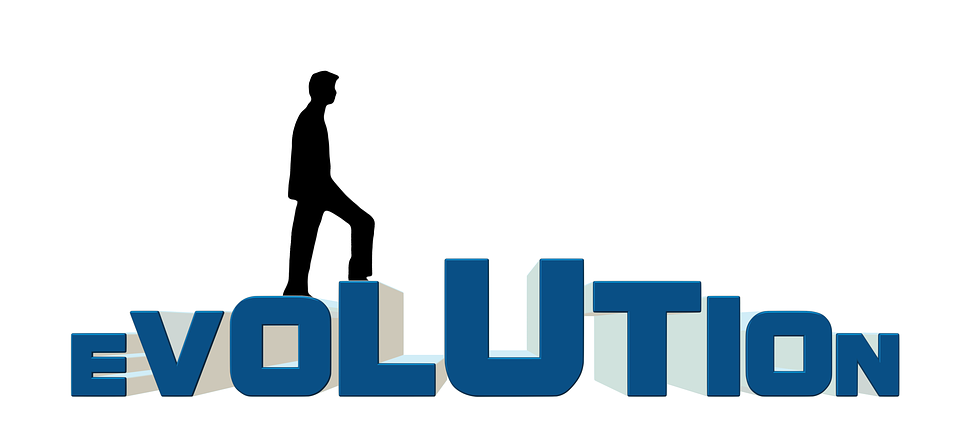Evolutionary design process model EDPM

|
Contents |
[edit] Introduction
Design is the realisation of an idea, or the resolution of requirements, through means of communication such as drawings, plans, specifications and models. These can then be used to enable items to be created or issues resolved.
Design can be understood as the projection of what is proposed before it is produced. The process of developing alternative solutions for what is proposed helps facilitate decision making.
[edit] Design through evolution
The evaluation of different design solutions involves sense testing, modifying and redesigning. This is an iterative processes that helps define constraints and requirements inherent in a particular design problem. This method of evaluation is sometimes referred to as the evolutionary design process model (EDPM).
Often used in software engineering, EDPM breaks the design process down into incremental stages and then builds on those stages. A series of small modifications or adaptations results in the generation of the next stage of the process.
The small modifications associated with EDPM can either transform the process or they can build on the original concept. In either instance, alternative design options adjust to changing circumstances. As a continuous or cyclical process, EDPM is thought to produce natural, iterative results based on an in-depth understanding of the design process and desired outcome.
[edit] Emerging designs
EDPM is based on the idea that designers can break down a design approach to develop multiple iterations of a concept. It is believed that this iterative approach feeds into the progression of the emerging design process by exploring - or exposing - possible problems that arise along the way. It also incorporates client changes throughout the process.
Information about the identification, analysis and resolution of any problem (or potential problem) serves as a form of feedback for the design team. It is added to the model, which is modified until a final, fully resolved design is produced.
[edit] Related articles on Designing Buildings Wiki
- Building design process.
- Case-based reasoning CBR.
- Chaos theory.
- Design process essentials.
- Double diamond design process.
- General design theory GDT.
- Value management techniques for building design and construction.
[edit] External resources
- Andres Gomez de Silva Garza and Mary Lou Maher, A process model for evolutionary design case adaptation.
- David C. Wynn and P. John Clarkson, Process models in design and development.
Featured articles and news
CIOB report; a blueprint for SDGs and the built environment
Pairing the Sustainable Development Goals with projects.
Latest Build UK Building Safety Regime explainer published
Key elements in one short, now updated document.
UKGBC launch the UK Climate Resilience Roadmap
First guidance of its kind on direct climate impacts for the built environment and how it can adapt.
CLC Health, Safety and Wellbeing Strategy 2025
Launched by the Minister for Industry to look at fatalities on site, improving mental health and other issues.
One of the most impressive Victorian architects. Book review.
Common Assessment Standard now with building safety
New CAS update now includes mandatory building safety questions.
RTPI leader to become new CIOB Chief Executive Officer
Dr Victoria Hills MRTPI, FICE to take over after Caroline Gumble’s departure.
Social and affordable housing, a long term plan for delivery
The “Delivering a Decade of Renewal for Social and Affordable Housing” strategy sets out future path.
A change to adoptive architecture
Effects of global weather warming on architectural detailing, material choice and human interaction.
The proposed publicly owned and backed subsidiary of Homes England, to facilitate new homes.
How big is the problem and what can we do to mitigate the effects?
Overheating guidance and tools for building designers
A number of cool guides to help with the heat.
The UK's Modern Industrial Strategy: A 10 year plan
Previous consultation criticism, current key elements and general support with some persisting reservations.
Building Safety Regulator reforms
New roles, new staff and a new fast track service pave the way for a single construction regulator.
Architectural Technologist CPDs and Communications
CIAT CPD… and how you can do it!
Cooling centres and cool spaces
Managing extreme heat in cities by directing the public to places for heat stress relief and water sources.
Winter gardens: A brief history and warm variations
Extending the season with glass in different forms and terms.
Restoring Great Yarmouth's Winter Gardens
Transforming one of the least sustainable constructions imaginable.























